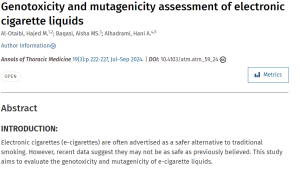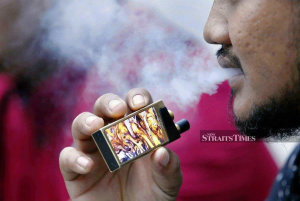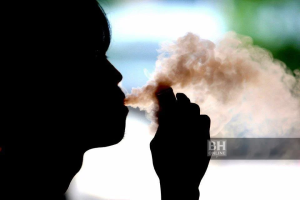Published:July 20, 2023
DOI: https://doi.org/10.1016/j.amepre.2023.07.010
Abstract
Introduction
While tobacco use has declined among youth, electronic nicotine delivery systems (ENDS) have the potential to disrupt or reverse these trends. Policies for tobacco and ENDS may have an impact on adolescent ENDS use. The effects of state-level policies were examined for both tobacco and ENDS indoor use bans, excise taxes, and age of purchase laws on past month adolescent ENDS use from 2013 to 2019.
Methods
The study uses cohort data from the Population Assessment of Tobacco and Health (PATH) Study and policy data from the Americans for Nonsmokers’ Rights Foundation repository – three policies for ENDS and two policies for tobacco products. Policies included comprehensive indoor vaping/smoking bans, purchase age restrictions, and excise taxes. Hybrid panel models were estimated in 2022 using data merged from the two longitudinal sources on past month vaping. The analytic sample (N=26,008) includes adolescents ages 12-17, totaling 72,684 observations.
Results
The odds of adolescent ENDS use were 21.4% lower when the state had an ENDS purchase age restriction, and 55.0% lower when the state had a comprehensive tobacco smoking ban, compared to years when the state did not.
Conclusions
During a period of significant growth in ENDS use among U.S. youth, ENDS purchase age restrictions and smoking bans reduced adolescents’ odds of past month vaping. Wider implementation of policies may help intervene on youth vaping.
Full PDF: AJPM










